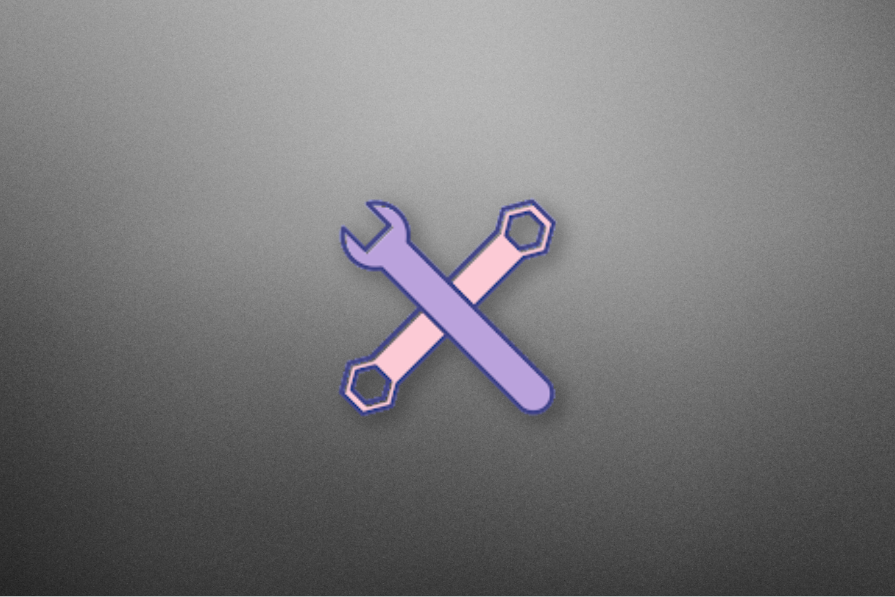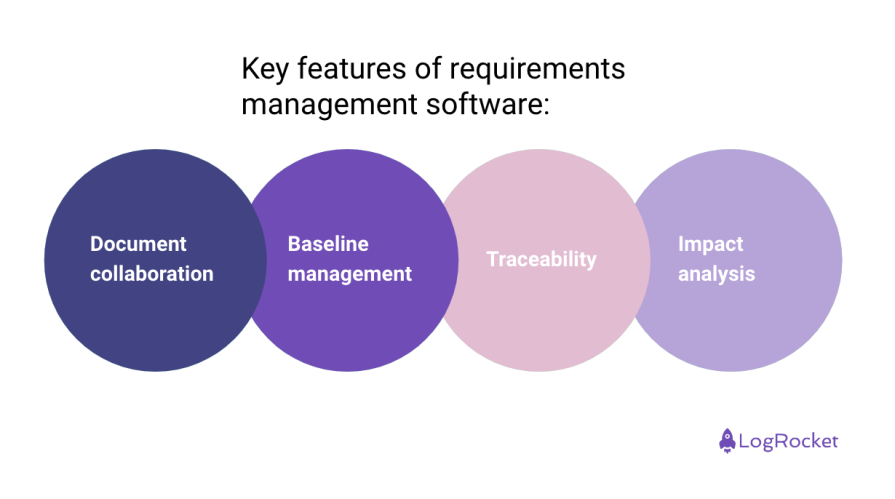When developing projects, stakeholder expectations are very hard to manage. Aligning expectations with project goals is critical for success as a product manager. The good news is that when you run requirements gathering correctly, the process becomes much smoother.

In the requirements gathering phase, teams need to keep track of user needs, and expectations. Requirements management software can become a powerful tool to capture, analyze, and meet these expectations throughout the project lifecycle.
Let’s dive deep into the nuances of RM software and how teams can make the best use of them to streamline the process.
A requirements management software is a tool designed to facilitate the process of handling project requirements from gathering ideas to project completion. Think of it as a central point for collecting, documenting, analyzing, and tracking stakeholder expectations.
It provides a structure to the process from the very beginning and ensures that every project element is aligned with defined objectives. This minimizes the communication gap and scope creep, enhancing overall efficiency.
It helps with:
A requirements management software has a range of features designed to address the complex nature of a project lifecycle by addressing the challenges of each aspect:

This feature facilitates a workspace where team members can work on documents in a collective manner. It helps to gather feedback from all stakeholders making sure all ideas are taken into consideration. These tools can include version control and change tracking, acting as a single source of truth for all teams involved.
Baseline management provides an overview of project requirements and their evolution during the entire lifecycle. It acts as a reference point to gauge progress and manage changes. Project teams can reference specific versions of requirement documents when discussing project milestones.
Traceability in RM software is essential for systematic linkage between a requirement and its deliverable. This can include, design documents, test cases, and plans of deployment. Such transparent connectivity promotes a sense of accountability, ensuring the final delivery tackles every set objective.
Gauging impact at any given stage of a project lifecycle is a challenge. Impact analysis tools help teams evaluate the consequences of each change. It also helps to understand how a change in one area of a project affects a different area. This applies to project scope, budget, timelines, and resource allocation.
These features form the base of a well-rounded requirement management software. With RM software, you can navigate the dynamic process of project development with confidence in each phase.
To enhance usability and user engagement, the use of visual elements in these tools cannot be overstated. Elements like charts, graphs, and visual dashboards transform complex data into simple visuals. These visuals eventually take the shape of actionable insights for the teams involved.
This aids the teams with understanding:
The overall purpose of visual cues is to help teams make data-driven decisions more efficiently. It ultimately results in improved project outcomes. This is made possible with the ease of use and intuitive user experience of RM tools.
If RM tools are easy to use, they will make a difference. Teams should be able to interact with the software in a manner that is both intuitive and still gets the job done. A steep learning curve will be a major issue in such a fast-paced environment. It also takes away the focus from the actual tasks at hand, thus minimizing productivity and maximizing errors.
The integration of RM tools with third-party applications is also important as it ensures their introduction to the product team’s workflow, with zero disturbance.
The project management ecosystem is large and always evolving. RM tools need to have up-to-date integration options for third-party applications. They should seamlessly blend in with the rest of the tools used for project management, testing assistants, and development kits.
This connectivity ensures the free flow of data between systems, reducing manual work, and errors. For instance, the integration of requirement management tools with version control like Git allows the linkage of requirements with code commits. As a result, you gain traceability from idea to final implementation.
Cost consideration is always a challenge for organizations. RM software provides a lot of value for your product team, but it can also impact the budget of an organization.
The solution is to choose the correct pricing model based on your organizational needs and workflow. There are:
The critical factors when making a choice should be integration capabilities, range of features, and alignment with organizational needs. For most teams, a subscription-based plan is the best option. There’s also a key distinction between cloud-based and license-based software, which can be an overlooked factor when making a choice.
SaaS applications (cloud-based) are becoming more mainstream in all domains. The main benefit is that the maintenance responsibility is taken by the service provider. On the other hand, license-based software (on-premise) is maintained and updated on the organization’s servers. Both options have pros and cons.
The negatives of the cloud-based RM tools mostly arise due to data privacy concerns and less flexibility offered for certain projects.
License-based RM tools are more secure but the maintenance cost becomes too much for many organizations.
The choice of a requirement management tool varies from team to team. Making a choice based on certain key factors is the optimal route as it gives weight to the workflow-related factors. For any organization, it is important to:
By considering the outlined factors, you can select a tool that aids the project lifecycle in each step.
Requirements management tools are foundational to transforming project concepts into successful realities. They bridge the gap between stakeholder expectations and deliverables, in every single phase.
Introducing RM software into your team’s workflow can have its own set of challenges. But if done correctly, the benefits are long-term and pivotal for project success. They help streamline workflows, enhance team collaboration, and boost productivity, leading to project success and ultimately the advancement of the organization.
Featured image source: IconScout

LogRocket identifies friction points in the user experience so you can make informed decisions about product and design changes that must happen to hit your goals.
With LogRocket, you can understand the scope of the issues affecting your product and prioritize the changes that need to be made. LogRocket simplifies workflows by allowing Engineering, Product, UX, and Design teams to work from the same data as you, eliminating any confusion about what needs to be done.
Get your teams on the same page — try LogRocket today.

Most teams fail at autonomy. Learn how clear rules help product teams move faster without micromanagement.

A practical framework for PMs to use AI in ideation without sacrificing judgment, strategy, or decision quality.

A practical five minute revenue estimation method to help product managers compare ideas, drop low impact features, and prioritize smarter.

A practical guide for PMs who want to stop being bottlenecks, delegate smarter, and lead teams effectively with a clear ownership framework.